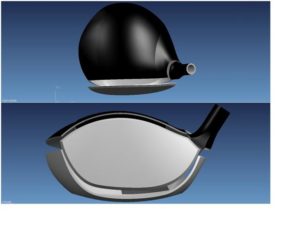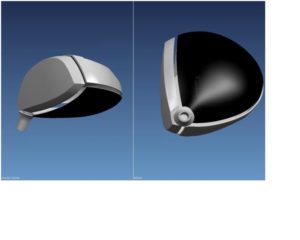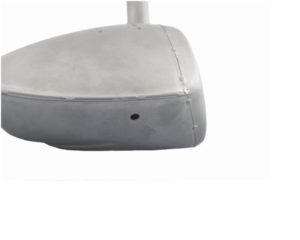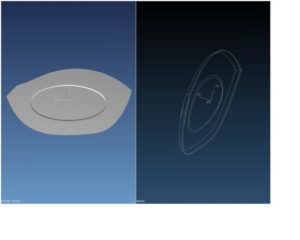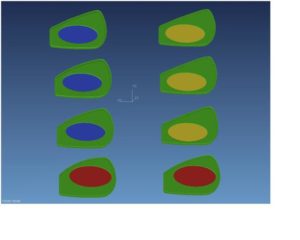Interesting isn’t it how all of a sudden the number of tour pros making a move to a Belly putter has increased so dramatically. I mean, it’s not like longer putters are new – the “Adam Scott” style pendulum style long putters have been around for more than 20 yrs, the Belly style putters a little less.
No, this is just one more example of a trait possessed by MANY tour pros that I quickly learned back in the days when I would spend time on the tour servicing the players for whom I had designed clubs. The pros are no different than any of us. Despite how much their swing skills and competitive brains have put them where they are, they’re all looking for that magic club that can turn them overnight into a winner.
Despite the fact we golfers so often get fixated on how well these guys hit the ball, veteran golfers all know success on tour is directly proportional to how well they putt. Getting around in 26 putts or posting a 1.5 putts per GIR will cash nice checks all year long.
What gets me as a clubfitting technologist about the recent rise in Belly putter use on tour is how it has awakened the traditionalists in the game to chime in with their latest verse to demand the USGA act to outlaw long putters. These are the equipment vigilantes who claim when a putter is “anchored to the body” it gives the long putter user an unfair advantage over golfers who putt with a conventional short stick.
As a club performance scientist, this falls into the category of people who can ignore pure common sense and logic to pursue an attitude of “don’t confuse me with the facts because my mind’s already made up.”
Fact: It took 20 yrs before a long putter was used to win a major on tour. That’s somewhere around 1 in the last 80 majors.
Fact: The number of tour wins with a long putter still can be counted with the fingers on both hands. That’s somewhere substantially less than a 5% success rate.
Fact: One can still pull or push putts with a long putter. If anchoring to the body was such an advantage, wouldn’t such errant strokes be eliminated?
A point the long putter haters like to make is that a golfer who turns to a long putter is gaining an advantage because they can’t putt as well with a conventional putter so the long putter unfairly corrects that “swing error” with technology.
GEE. . . with that logic, things like going to a shorter driver to control the ball better, using a different face angle to reduce a misdirection tendency, using a different loft to counteract a different angle of attack or ANY CLUBFITTING CHANGE should be outlawed. At the end of the day, changing to a long putter is nothing more than an attempt to utilize a different fitting option to gain shot improvement.
But not to fret, as is often the case with tour players in their search for that perfect golf club, some will stay with it and many will go back to a conventional putter when the long term results show themselves. And we’ll all put this sudden increase in belly putter attention to bed and go on to the next club change trend.
Until nest time, best wishes in this great game,

